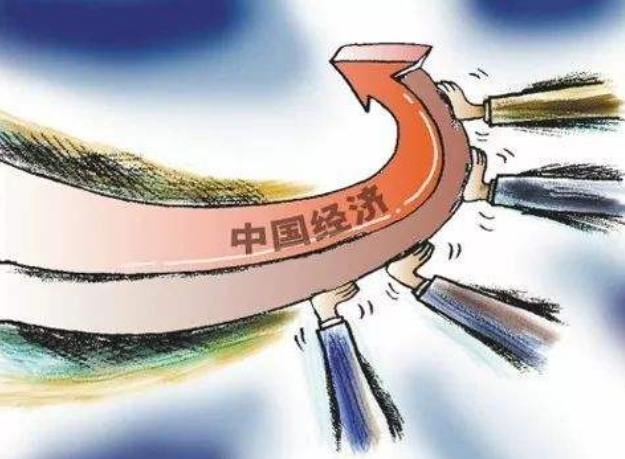Abstract: As the China-US trade conflict intensifies and GDP growth slows, the Chinese economy is under increasing downward pressure. How should this challenge be dealt with, and what major policies should be adopted? An article China’s fiscal policy needs to boldly break free of 3 pct deficit rule, compiled based on a report by Beijing-based private strategic think tank Anbound, was published by Global Times on Tuesday, saying that given the unprecedented complexity of the situation, coupled with downward pressure on the economy, China needs a large-scale stimulus measure to unleash the potential of its huge domestic market. The nation's fiscal policy could "step forward boldly" to break the 3 percent deficit ratio limit.
The full text of the article is as follows:
As the China-US trade conflict intensifies and GDP growth slows, the Chinese economy is under increasing downward pressure, making it urgent to maintain macroeconomic stability. During a meeting held in early November, Premier Li Keqiang said that financial departments are encouraged to be proactive, while the Ministry of Finance should "step forward boldly."
The expression "step forward boldly" has triggered heated debate among domestic scholars and economists as to whether the fiscal deficit ratio will break the 3 percent of GDP mark.
Gao Peiyong, vice president of the Chinese Academy of Social Sciences, believes that the government must keep the deficit ratio below 3 percent. According to Gao, the government may loosen control over the deficit to stabilize the economy during periods of high-speed growth.
But at the high-quality development stage, risk prevention should become the top priority. Therefore, the government must be highly vigilant about the deficit level, which should be "locked" below 3 percent of GDP, Gao said.
However, Yao Yudong, former director of the Institute of Finance under the People's Bank of China, the central bank, suggests that China's deficit ratio could be increased to 4 percent. At present, many companies lack sufficient collateral to get loans, a situation that has affected the ability of monetary policy to support the real economy. In his view, the only available financing channel in China at present is the government bond market.
The proportion of China's central government debt to GDP ratio, at 15 percent, is low by world standards. It's lower, for example, than the ratios in Japan, the US and the EU. In Yao's view, this situation means that the supply of government bonds is insufficient, which signals that the deficit ratio must be raised above the 3-percent mark.
There is still room for China to increase its deficit ratio. To ensure economic growth while curbing fiscal risks, the government should set the warning line at 4.5 percent for the deficit ratio and 55 percent for the government debt ratio. This means China's fiscal deficit still has room to grow.
It is worth noting that while the 4.5-percent warning line is higher than the EU's standard of 3 percent, it is still much lower than the ratios of about 7 in the US and 6.2 percent in Japan. Since the real deficit ratios of EU members are far higher than 3 percent, setting the warning line at 4.5 percent for China's deficit ratio is justified.
Meanwhile, the 55 percent warning line for the debt ratio is a stricter standard than the debt-to-GDP ratio of 60 percent stipulated in the Maastricht Treaty in the EU, which is much lower than that of many developed countries.
Given the multiple difficulties facing the economy, China is eager to pursue a proactive fiscal policy. According to our view, a large-scale stimulus package ranging from 30 trillion yuan (4.32 trillion U. S. dollars) to 50 trillion yuan is needed. Many officials are skeptical of the feasibility of such a large stimulus, which seems to go against the deleveraging policy pursued in 2018.
Yet, based on the current situation, the policy tone is shifting toward a stimulus. Since China rolled out a 4 trillion yuan stimulus package in 2008, the economy has expanded exponentially, exceeding 80 trillion yuan now. The core role of large-scale stimulus policies is to increase demand by expanding market space, so that enterprises have more chances to sell things and make profits. That's more helpful to enterprises than just providing funds and credit support.
It should be made clear that China, to a certain extent, is facing some difficulty, with more problems and risks than just those in the financial arena. How should this challenge be dealt with, and what major policies should be adopted? In relation to these big questions, the debate over the deficit ratio and risk prevention doesn't seem too important.
Given the unprecedented complexity of the situation, coupled with downward pressure on the economy, and a deteriorating external trade and investment environment, China needs a large-scale stimulus measure to unleash the potential of its huge domestic market. The nation's fiscal policy could "step forward boldly" to break the 3 percent deficit ratio limit.




 A single purchase
A single purchase









